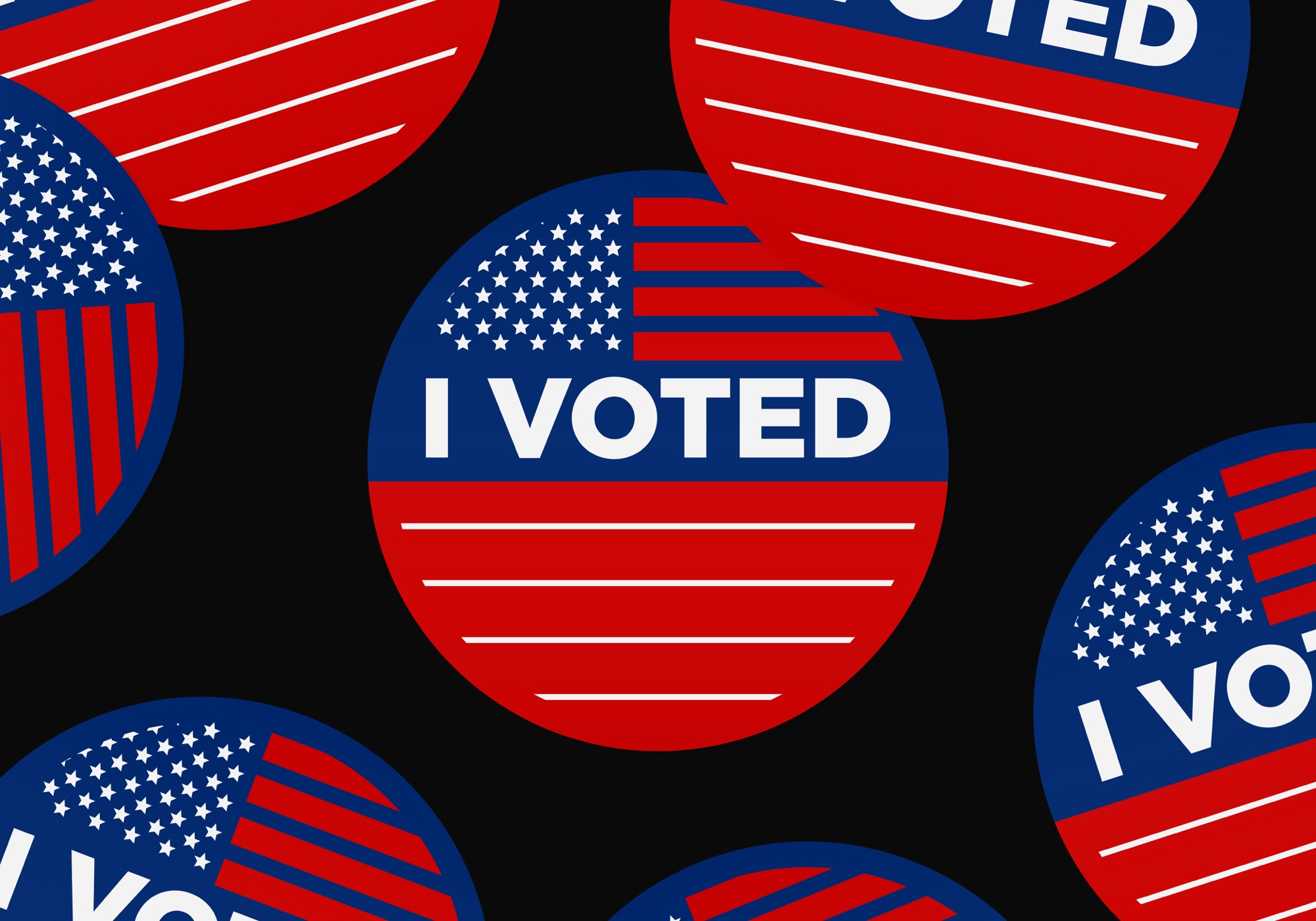The U.S. presidential election is one of the most complex and closely watched electoral processes in the world. Every four years, Americans head to the polls to elect the President and Vice President of the United States. This process, however, involves more than just counting the popular vote; it includes a series of steps, institutions, and rules that ensure a democratic and fair election. This article provides a detailed explanation of how the U.S. presidential election works, from primaries to the general election and the role of the Electoral College. Understanding the U.S. Presidential Election Process The U.S. Constitution and Presidential Elections
The foundation of the U.S. presidential election process is rooted in the U.S. Constitution. The Constitution outlines the basic requirements and procedures for electing the President. It specifies that the President must be a natural-born citizen, at least 35 years old, and a resident of the U.S. for at least 14 years. The Constitution also established the Electoral College, the system used to determine the winner of the presidential election.
Primary Elections and Caucuses
What Are Primaries and Caucuses?
The first step in the U.S. presidential election process is the selection of party nominees through primaries and caucuses. Primaries and caucuses are state-level elections where voters choose their preferred candidate to represent their party in the general election. There are two types of primaries: open and closed. In an open primary, any registered voter can participate, regardless of party affiliation, while in a closed primary, only registered party members can vote. Caucuses, on the other hand, are meetings of party members where they discuss and vote on the candidates. Caucuses are less common than primaries and are typically held in a small number of states.
The Role of Delegates
In both primaries and caucuses, voters are not directly choosing a presidential candidate; instead, they are selecting delegates who will represent their choice at the party’s national convention. Delegates are individuals chosen to attend the convention and cast their votes for the party’s nominee based on the results of the primaries and caucuses.
The National Conventions
What Happens at the National Conventions?
After the primaries and caucuses, each major political party holds a national convention. During these conventions, delegates cast their votes, and the party officially nominates its candidate for President and Vice President. The convention is also a platform for the party to outline its policy positions and rally support for the general election campaign.
The Role of Superdelegates
In the Democratic Party, a unique feature of the convention process is the inclusion of superdelegates. Superdelegates are party leaders and elected officials who have the freedom to support any candidate, regardless of the results of the primaries and caucuses. Their role is to ensure that the party has the strongest candidate for the general election.
The General Election Campaign
Campaigning Across the Country
Once the nominees are selected, the general election campaign begins. During this phase, candidates campaign across the country, engaging with voters, participating in debates, and outlining their policy platforms. The goal of the campaign is to win over undecided voters and secure the necessary support to win the election.
The Role of Political Advertising
Political advertising plays a significant role in the general election campaign. Candidates and political action committees (PACs) spend millions of dollars on advertisements that highlight their strengths and attack their opponents. These ads are broadcast on television, radio, and social media, influencing voter perceptions and decisions.
Debates and Public Appearances
Presidential debates are a pivotal part of the campaign season. These debates provide candidates with a national platform to discuss their policies and challenge their opponents. Historically, a strong debate performance can boost a candidate’s standing in the polls, while a stumble can have the opposite effect. Public appearances and rallies are also crucial, as they allow candidates to connect directly with voters and energize their base.
Election Day
Voting Methods
Election Day is held on the first Tuesday after the first Monday in November every four years. On this day, millions of Americans head to the polls to cast their ballots. Voters can choose between various methods of voting, including in-person voting, absentee voting, and mail-in voting. Each state has its own rules regarding these methods, and the availability of each option can vary.
Ensuring a Fair Vote
To ensure a fair and secure election, numerous measures are in place. These include voter registration systems, voter ID laws in some states, and the presence of poll watchers. Additionally, states conduct post-election audits to verify the accuracy of their results. Voter education campaigns also play a role in ensuring that citizens understand their rights and how to exercise them.
The Popular Vote vs. the Electoral College
How the Electoral College Works
The U.S. presidential election is unique in that it does not directly rely on the national popular vote to determine the winner. Instead, it uses the Electoral College, a system where electors from each state cast votes based on the outcome of the popular vote in their respective states.
The Electoral College is composed of 538 electors, with each state receiving a number of electors equal to its total number of Senators and Representatives in Congress. To win the presidency, a candidate must secure a majority of the electoral votes—270 out of 538.
Winner-Takes-All System
Most states use a winner-takes-all system, where the candidate who wins the popular vote in a state receives all of that state’s electoral votes. Only two states, Maine and Nebraska, use a proportional system where electoral votes are distributed based on the popular vote in each congressional district.
The Role of Swing States
Swing states, or battleground states, are crucial in the Electoral College. These states do not have a consistent pattern of voting for a particular party, making them highly competitive. Candidates focus much of their campaign efforts on swing states, as winning these states can determine the outcome of the election.
The Role of the U.S. Congress
Certifying the Electoral Votes
Once the Electoral College has cast its votes, the results are sent to Congress, where they are officially certified in a joint session. The Vice President, acting as the President of the Senate, presides over this session. If no candidate receives a majority of the electoral votes, the election is decided by the House of Representatives, with each state delegation casting one vote.
The Inauguration
The Transition of Power
The final step in the U.S. presidential election process is the inauguration. The newly elected President is sworn into office on January 20th, following a peaceful transition of power. The inauguration ceremony includes the President taking the Oath of Office and delivering an inaugural address to the nation.
The Significance of the Inaugural Address
The inaugural address is an opportunity for the new President to outline their vision for the country and set the tone for their administration. Historically, inaugural addresses have included calls for unity, expressions of gratitude, and discussions of the challenges and opportunities facing the nation.
Historical Context and Challenges
Evolution of the Electoral Process
Over the years, the U.S. presidential election process has evolved. Initially, only white male property owners were allowed to vote. Today, the right to vote has been extended to all citizens over the age of 18, regardless of race, gender, or socioeconomic status. Amendments to the Constitution, such as the 15th, 19th, and 26th Amendments, have played crucial roles in expanding voting rights.
Challenges Facing Modern Elections
Modern elections face several challenges, including concerns about voter suppression, gerrymandering, and election security. Efforts to address these issues include legislative reforms, public awareness campaigns, and advancements in voting technology.
Practical Tips for Voters
Understanding Your State’s Voting Laws
To participate effectively in the presidential election, voters should familiarize themselves with their state’s voting laws. This includes understanding registration deadlines, identification requirements, and the availability of absentee or early voting options. Many states offer online resources to help voters navigate these rules.
Making an Informed Decision
Voters are encouraged to research the candidates and their platforms thoroughly. This can be done through a variety of sources, including candidate websites, news outlets, and non-partisan organizations that provide issue-based comparisons. Engaging in discussions with friends and community members can also provide valuable perspectives.
Common Mistakes and How to Avoid Them
Missing Registration Deadlines
One of the most common mistakes voters make is missing the registration deadline. To avoid this, voters should check their registration status well in advance and ensure they update their information if they have moved or changed their name.
Not Understanding the Ballot
Voters sometimes overlook the importance of down-ballot races and referendums. Taking time to review the entire ballot and understand each section can help voters make informed choices across all levels of government.
Conclusion
The U.S. presidential election process is a complex and multifaceted system designed to balance the will of the people with the principles of federalism. From the primaries and caucuses to the Electoral College and the inauguration, each step plays a crucial role in ensuring a democratic and fair election. Understanding how the U.S. presidential election works is essential for appreciating the unique aspects of American democracy. By participating in the election process, American citizens have the opportunity to shape the future of their country, making each vote an important contribution to the nation’s democratic tradition.




